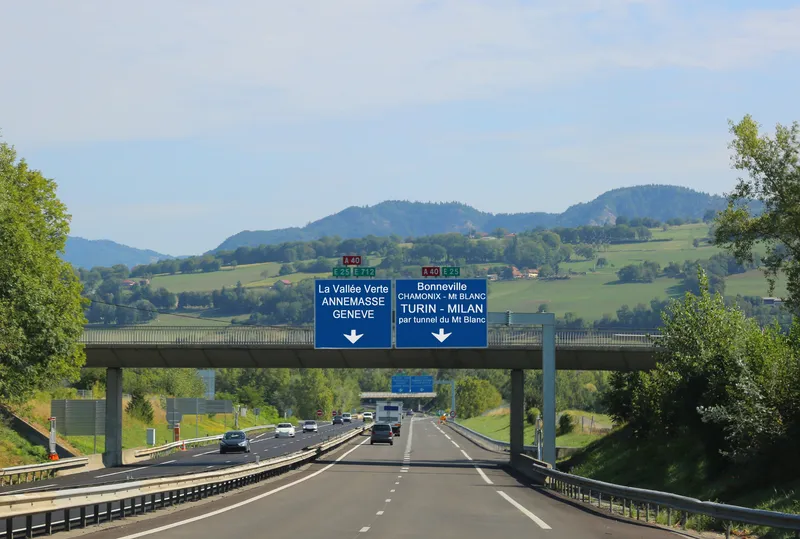The New Hampshire Department of Transportation (NHDOT) has exercised its contract option to convert its traditional manual toll lanes at the Interstate 93 Hooksett Toll Plaza into an Open Road Tolling (ORT) system using Schneider Electric’s SmartMobility Tolling Solution. Schneider Electric will install tolling technologies into the existing road infrastructure in order to convert the centre portion of the toll plaza from conventional toll lanes to ORT. Toll tag readers for E-ZPass will be integrated with o
March 13, 2013
Read time: 2 mins
The 7053 New Hampshire Department of Transportation (NHDOT) has exercised its contract option to convert its traditional manual toll lanes at the Interstate 93 Hooksett Toll Plaza into an Open Road Tolling (ORT) system using 729 Schneider Electric’s SmartMobility Tolling Solution.
Schneider Electric will install tolling technologies into the existing road infrastructure in order to convert the centre portion of the toll plaza from conventional toll lanes to ORT. Toll tag readers for E-ZPass will be integrated with other roadway and gantry tolling equipment to support highway-speed toll collections. Sensors and cameras will be installed to detect and classify vehicles, and used for violation enforcement. Schneider’s SmartMobility Remote Operations and Maintenance System (ROMS) will allow operators to accurately monitor toll system operations and manage system maintenance needs to ensure the reliability and accuracy of toll collections.
Schneider Electric previously worked with the NHDOT to plan, design and install ORT at Hampton Toll Plaza, which was selected as one of the top ten American transportation projects by AASHTO in 2011.
According to Schneider Electric's Executive Vice President Smart Infrastructure, Ignacio Gonzalez, “We are thrilled that our award-winning implementation of the ORT system at Hampton Toll Plaza has served as a model for the Hooksett Toll Plaza ORT project. We look forward to again working with NHDOT to develop its ORT system on I-93, which will not only optimize toll collections and traffic control, but lead to safer roads and reduced vehicle emissions.”
Schneider Electric will install tolling technologies into the existing road infrastructure in order to convert the centre portion of the toll plaza from conventional toll lanes to ORT. Toll tag readers for E-ZPass will be integrated with other roadway and gantry tolling equipment to support highway-speed toll collections. Sensors and cameras will be installed to detect and classify vehicles, and used for violation enforcement. Schneider’s SmartMobility Remote Operations and Maintenance System (ROMS) will allow operators to accurately monitor toll system operations and manage system maintenance needs to ensure the reliability and accuracy of toll collections.
Schneider Electric previously worked with the NHDOT to plan, design and install ORT at Hampton Toll Plaza, which was selected as one of the top ten American transportation projects by AASHTO in 2011.
According to Schneider Electric's Executive Vice President Smart Infrastructure, Ignacio Gonzalez, “We are thrilled that our award-winning implementation of the ORT system at Hampton Toll Plaza has served as a model for the Hooksett Toll Plaza ORT project. We look forward to again working with NHDOT to develop its ORT system on I-93, which will not only optimize toll collections and traffic control, but lead to safer roads and reduced vehicle emissions.”









